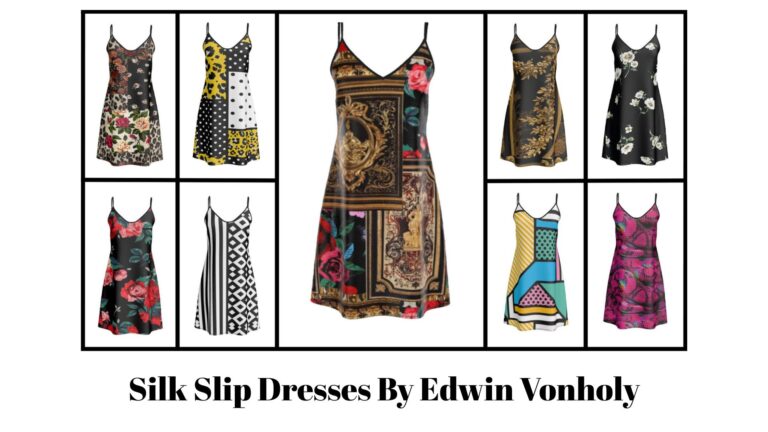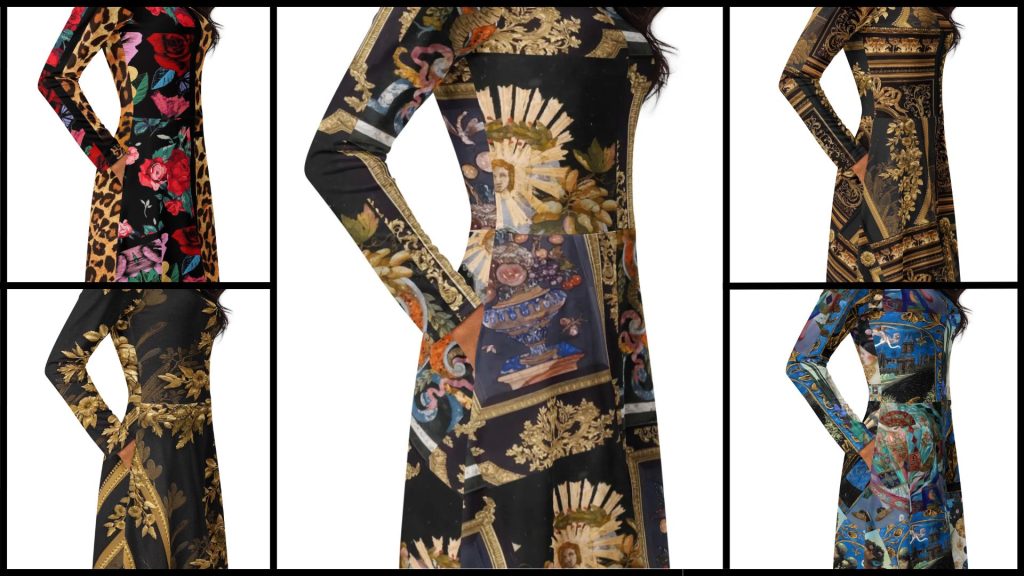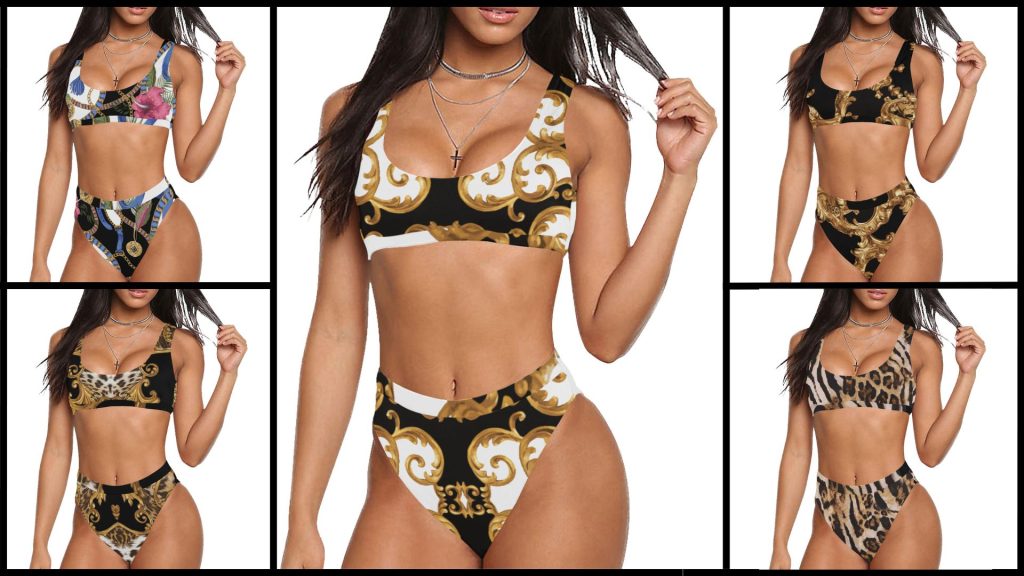Hanbok for Weddings: Traditional and Contemporary Styles for Korean Brides
The Hanbok, Korea’s traditional garment, holds deep cultural significance and is often chosen by brides to celebrate their heritage on their wedding day. While the traditional Hanbok is timeless in its elegance, modern designers have also reimagined the garment, blending traditional elements with contemporary flair. This article explores both traditional and contemporary Hanbok styles, offering a range of options for brides who want to honor their cultural roots while embracing modern trends.
1. Understanding the Traditional Hanbok for Weddings
The Hanbok has been worn for centuries and remains a symbol of Korean heritage. For brides, the traditional Hanbok consists of two main components: the jeogori (jacket or top) and the chima (skirt). These garments are characterized by their vibrant colors, elegant designs, and intricate stitching. Traditionally, Hanboks for weddings are worn in shades of red, blue, and ivory, with each color carrying its own significance.
The jeogori is typically fitted, while the chima is voluminous and extends to the ground, creating a graceful and flowing silhouette. The traditional Hanbok often features delicate embroidery, particularly around the neckline, cuffs, and hem of the chima, symbolizing good fortune, wealth, and happiness.
Features of Traditional Wedding Hanbok:
Jeogori with fitted bodice and wide sleeves.
Chima with a full, voluminous skirt.
Rich colors like red, blue, and ivory.
Embroidery symbols of prosperity and blessings.
Ribbon ties at the waist to secure the jeogori.
2. Modern Reinterpretations of the Hanbok for Brides
As Hanbok fashion evolves, modern designers have taken the traditional garment and added contemporary touches that suit today’s bridal tastes. Modern Hanboks incorporate updated fabrics, sleeker designs, and innovative silhouettes while maintaining the core cultural significance. These new designs cater to brides who want to look and feel beautiful while embracing both tradition and modernity.
In contemporary designs, the jeogori may be more streamlined, with shorter or longer cuts, and the chima might feature a simpler, more structured look with cleaner lines. Additionally, modern Hanboks may utilize lighter, more breathable fabrics such as silk chiffon or tulle, giving them a more ethereal and romantic feel. Contemporary versions may also integrate lace, beads, or crystals for added glamour.
Features of Modern Wedding Hanbok:
Sleek, tailored designs with a fitted silhouette.
Use of modern fabrics like chiffon, lace, and tulle.
Simplified embroidery or minimalistic details.
Strapless or halter versions of the jeogori.
Contemporary cuts with minimal volume in the chima.
3. Choosing a Traditional Hanbok: Timeless Elegance for Your Wedding Day
If you envision a classic and culturally rich look for your wedding, opting for a traditional Hanbok is a beautiful choice. This style allows you to embrace the history and significance of Korean wedding customs, creating a strong connection with your heritage.
Traditional Hanboks are ideal for couples who are seeking a wedding that celebrates Korean culture in its purest form. The colors, fabrics, and detailed craftsmanship of a traditional Hanbok will ensure you stand out on your special day, while also honoring the customs passed down through generations.
When selecting a traditional Hanbok, pay attention to the color symbolism. For example, red symbolizes happiness and prosperity, while blue represents harmony and balance. Ivory or white can be seen as symbols of purity and new beginnings.
Tips for Choosing a Traditional Hanbok:
Choose a red or blue color for a vibrant, celebratory look.
Embroidered details should reflect auspicious symbols like peonies or cranes.
Ensure a comfortable fit to allow freedom of movement during the ceremony.
Pair with traditional accessories, like a norigae (decorative pendant) or binyeo (hairpin).
4. Embracing Contemporary Hanbok Styles: Modern Elegance for the Modern Bride
For brides who want to add a personal, modern twist to their wedding attire, a contemporary Hanbok might be the perfect choice. These designs bring together traditional elements with fresh ideas, allowing you to create a wedding look that is uniquely yours.
Contemporary Hanboks can include elements such as modern necklines, asymmetrical cuts, or less voluminous skirts. Brides who prefer a lighter, more airy look may opt for Hanboks made from materials like chiffon or organza, which provide movement and grace without the heavy layers of traditional fabrics.
These modern styles often appeal to those who want to combine the beauty of the Hanbok with a minimalist or sophisticated wedding theme. You can also choose from an array of color palettes, from pastel shades to more muted, neutral tones like blush pink or soft ivory.
Benefits of Contemporary Hanbok Styles:
Streamlined, tailored cuts for a sleek and modern silhouette.
Use of luxurious, contemporary fabrics like chiffon or silk.
Customizable with modern embellishments like crystals or lace.
Versatility to pair with different wedding themes, from rustic to modern chic.
Less voluminous for a lighter and more comfortable fit.
5. Accessorizing Your Hanbok for a Bridal Look
No matter whether you choose a traditional or modern Hanbok, accessorizing can take your bridal look to the next level. Traditional accessories like the norigae, a decorative pendant tied to the waist, or the binyeo, a beautiful hairpin, can add an extra layer of cultural richness.
For a more contemporary approach, you might choose to pair your Hanbok with elegant hairpieces, veils, or jewelry. Modern Hanbok brides also enjoy the flexibility of pairing their attire with Western-style accessories such as lace gloves, statement earrings, or a diamond necklace.
Popular Hanbok Accessories:
Norigae: A traditional pendant to add color and symbolism.
Binyeo: A hairpin used to secure traditional updos.
Jewelry: Delicate necklaces or earrings for a modern touch.
Veils: A simple, sheer veil can blend beautifully with any Hanbok design.
6. Conclusion: Finding the Perfect Hanbok for Your Wedding
Whether you choose the timeless elegance of a traditional Hanbok or the modern sophistication of a contemporary design, this iconic garment will ensure you feel connected to your heritage while looking stunning on your wedding day. The Hanbok has a rich history that has been embraced and reinterpreted for generations, and today, brides have the opportunity to personalize their look, blending tradition and modernity in ways that suit their individual styles.
With a careful balance of color, fabric, and accessories, you can find the perfect Hanbok to match your personality and create unforgettable wedding memories.






